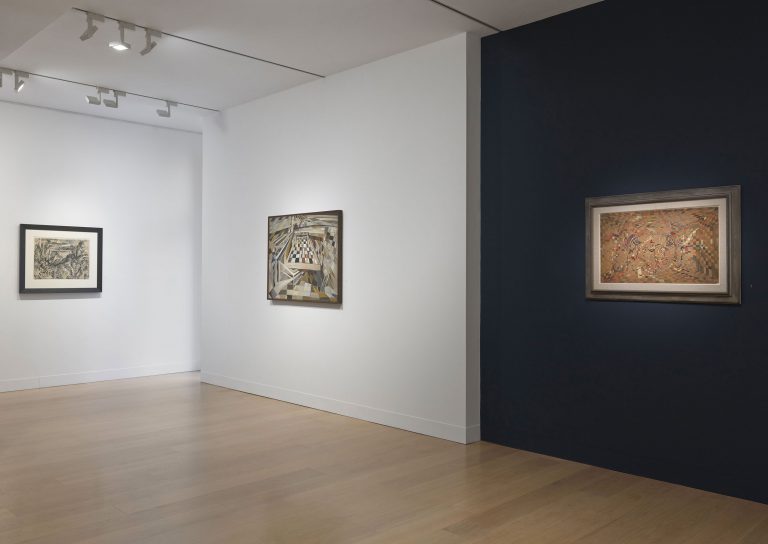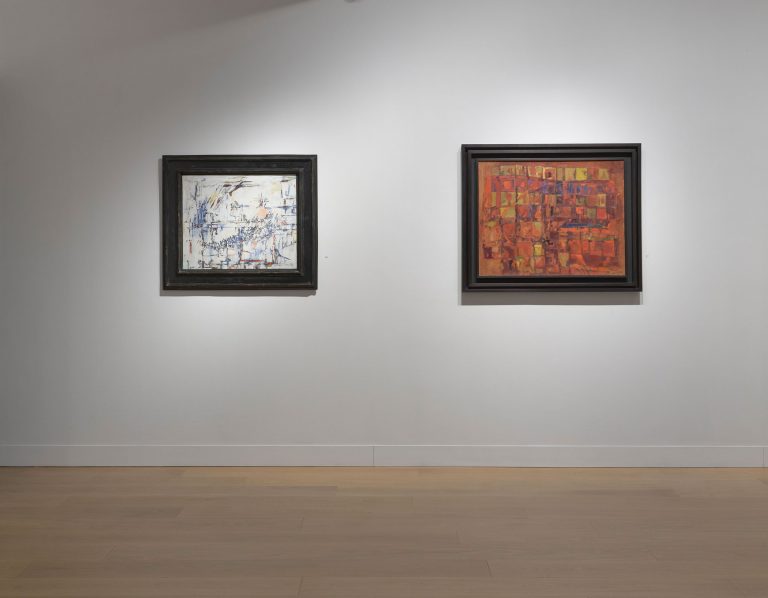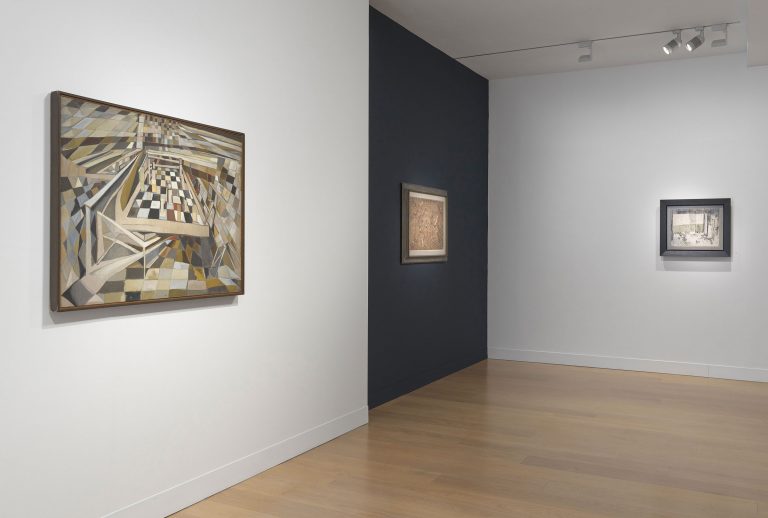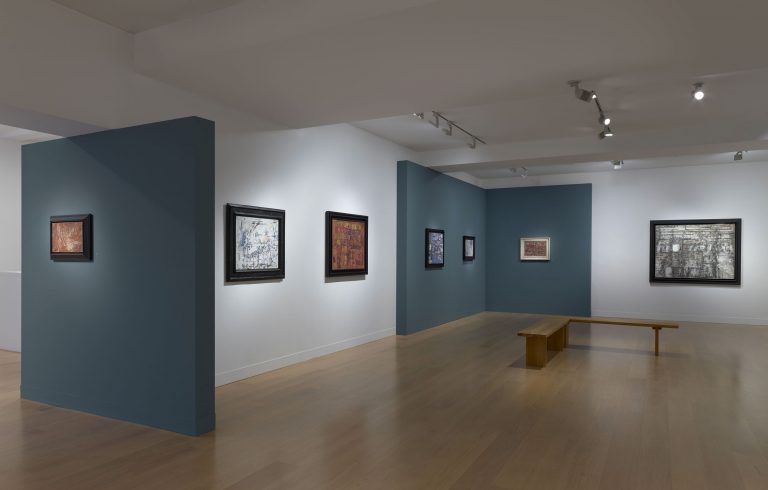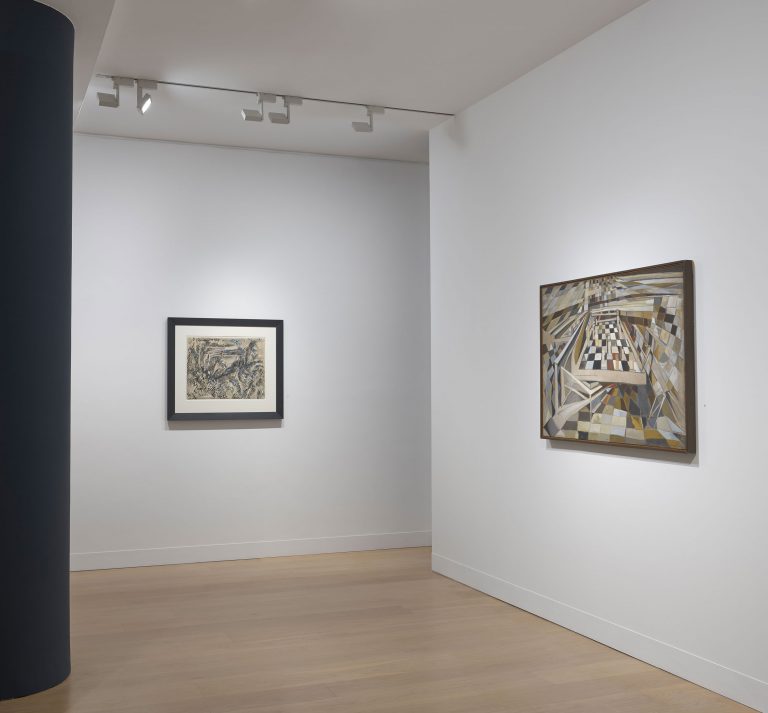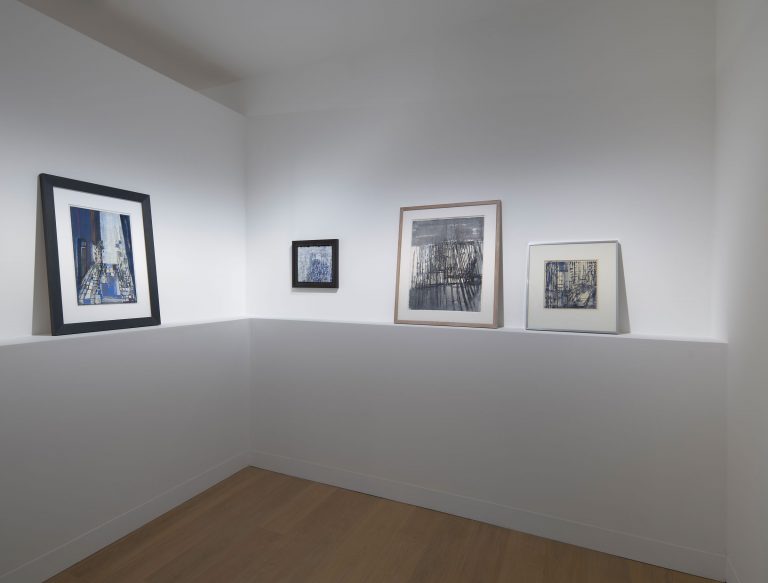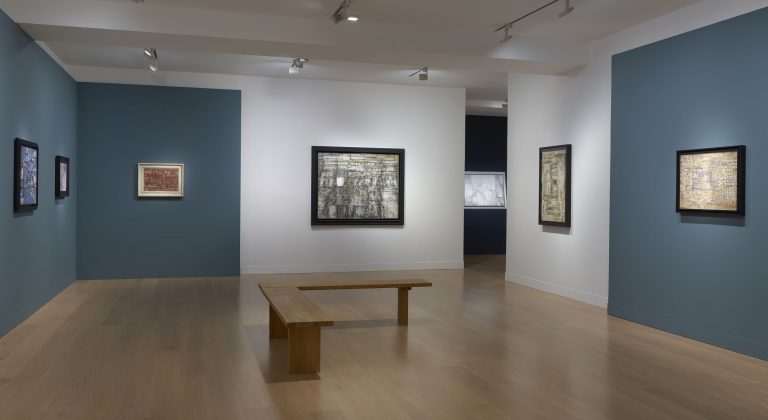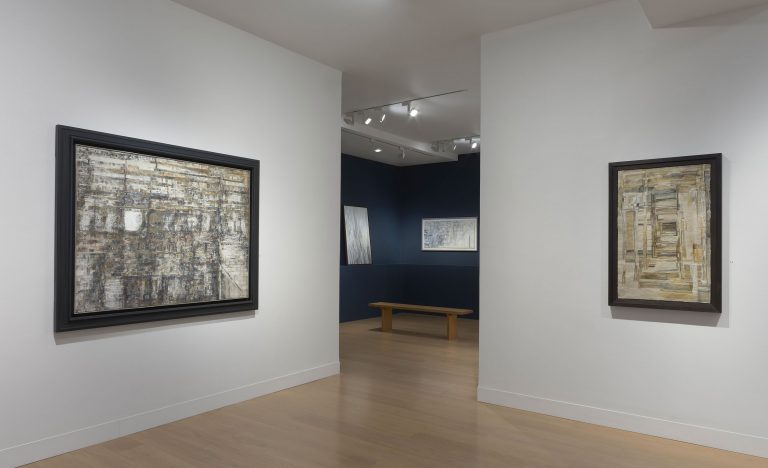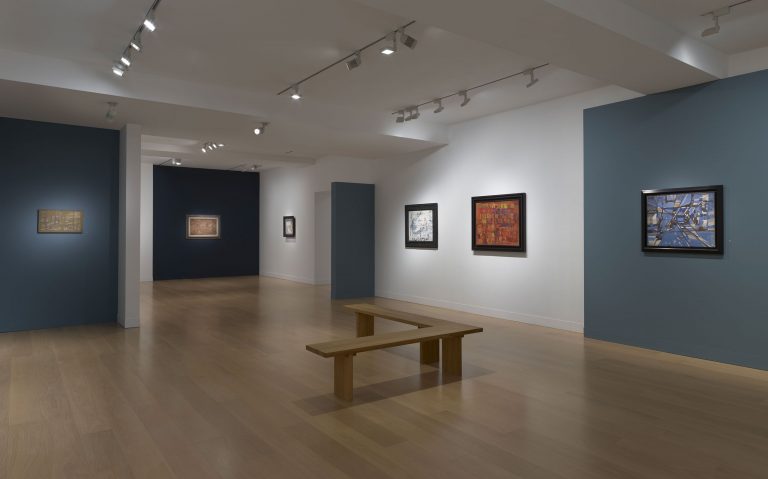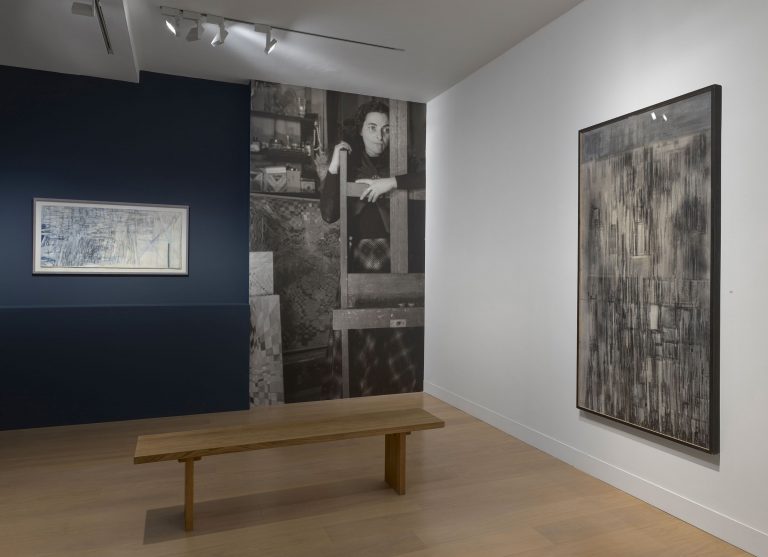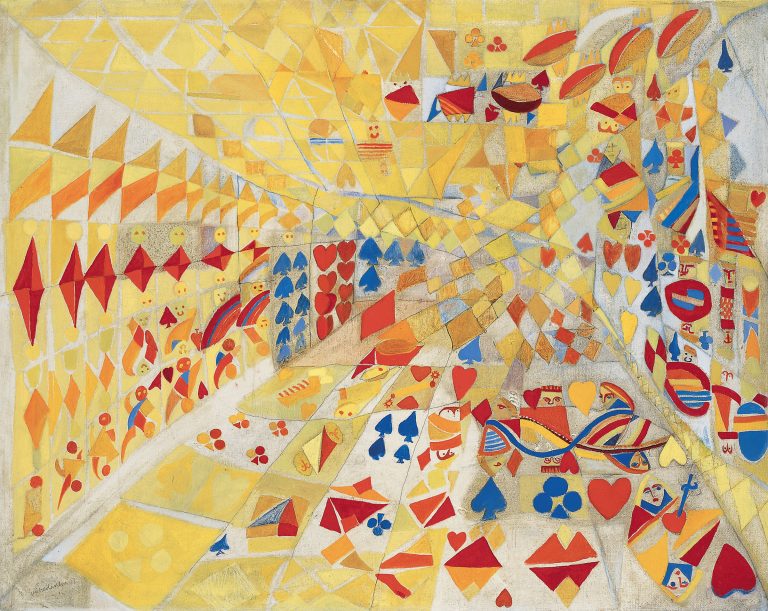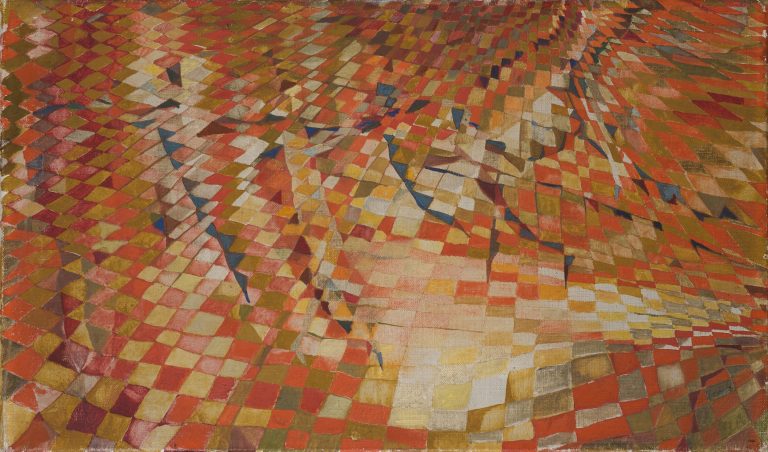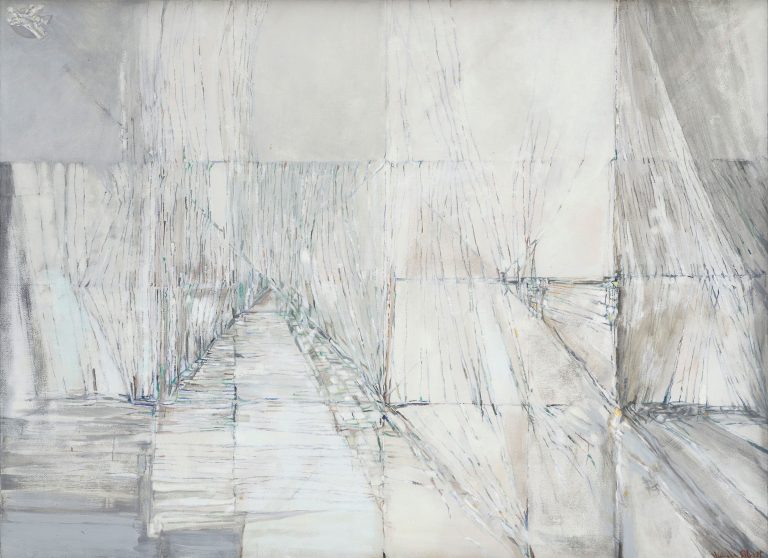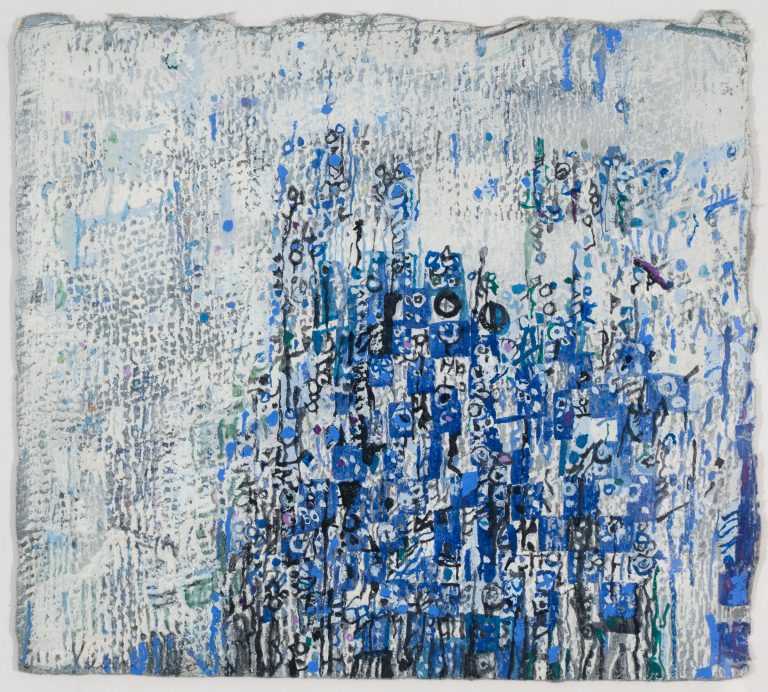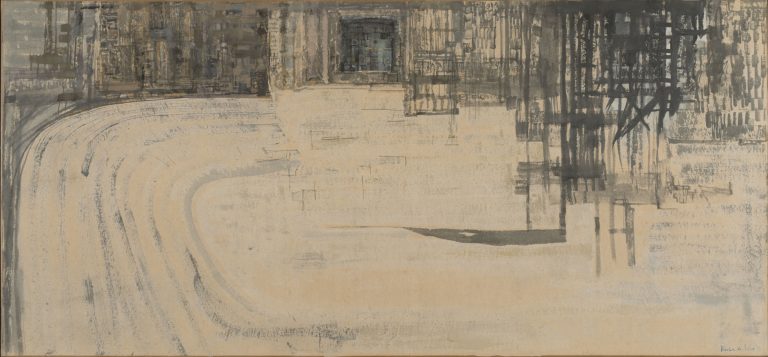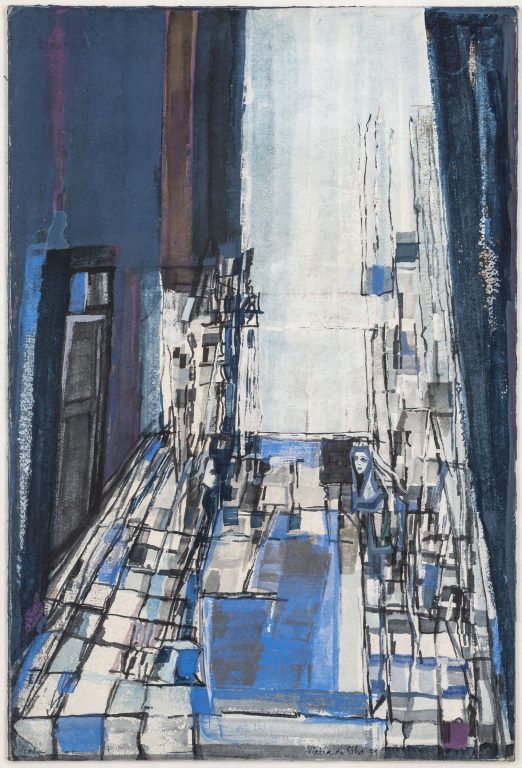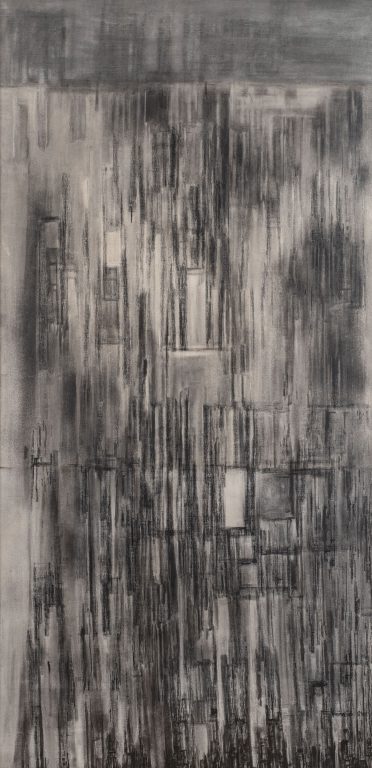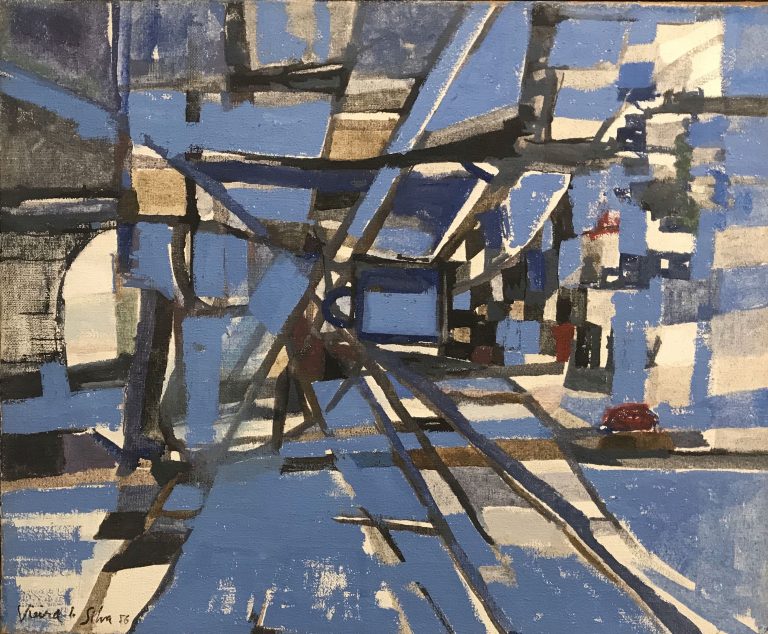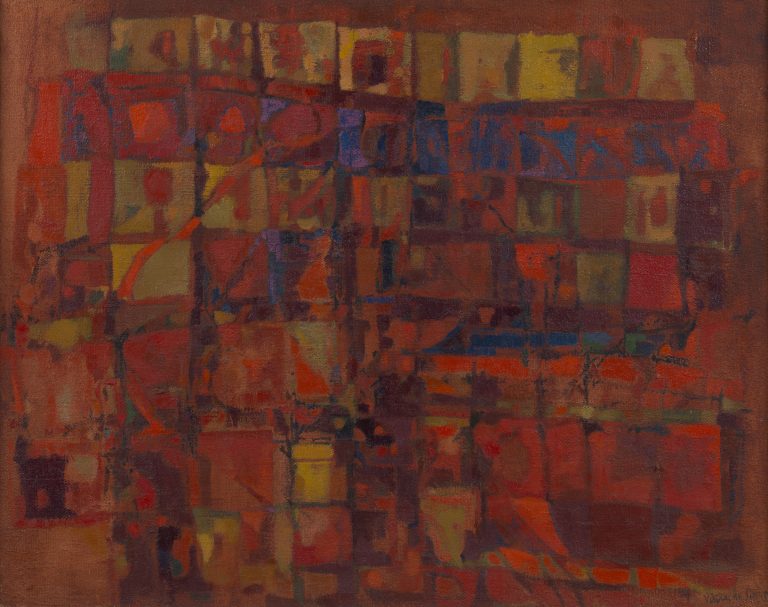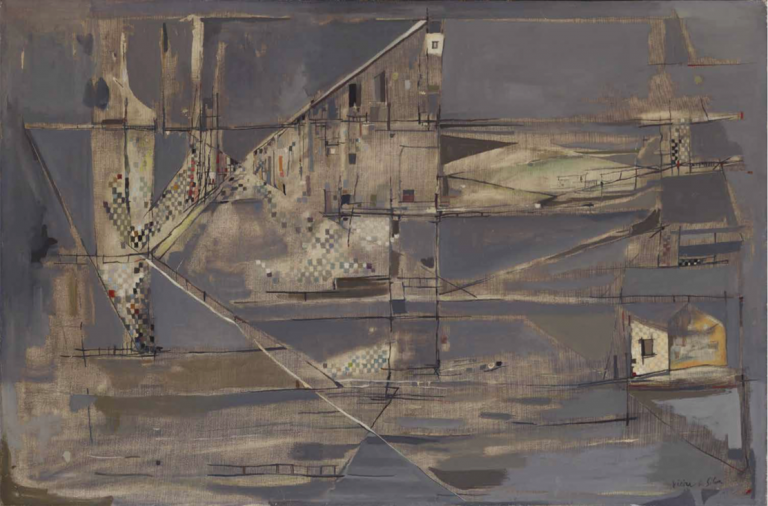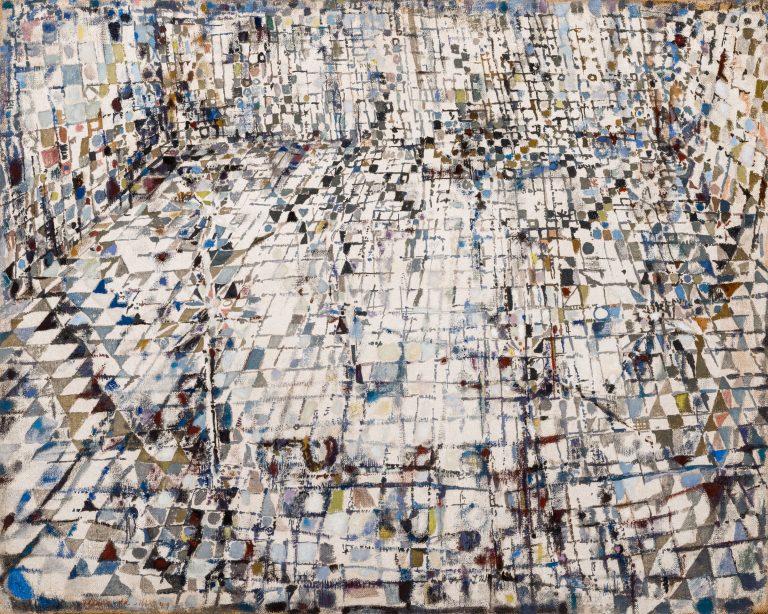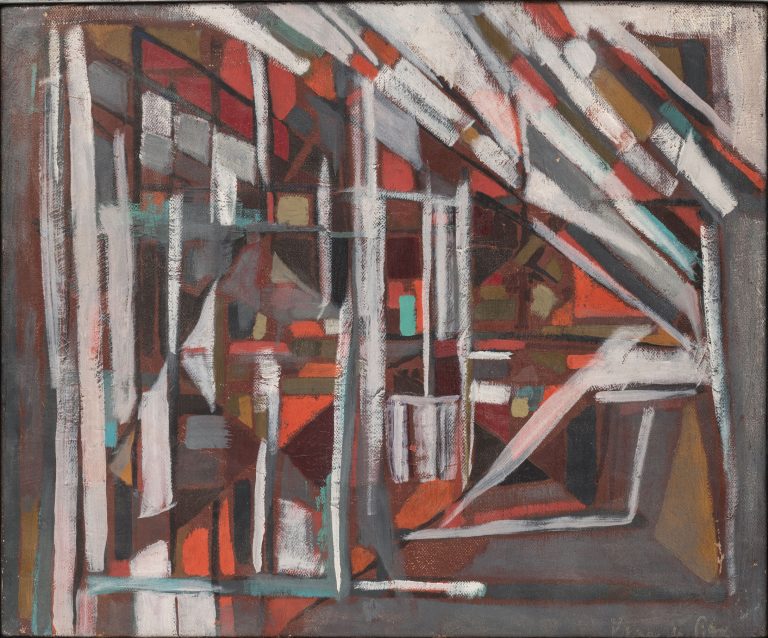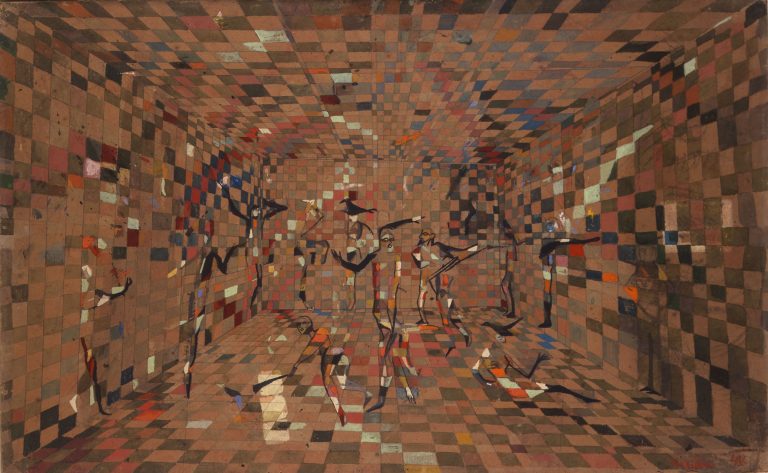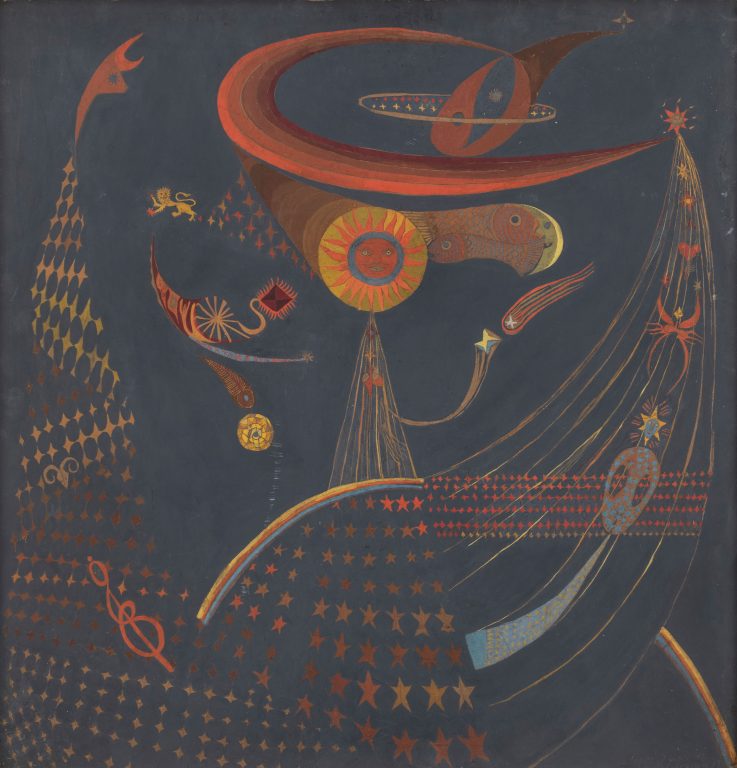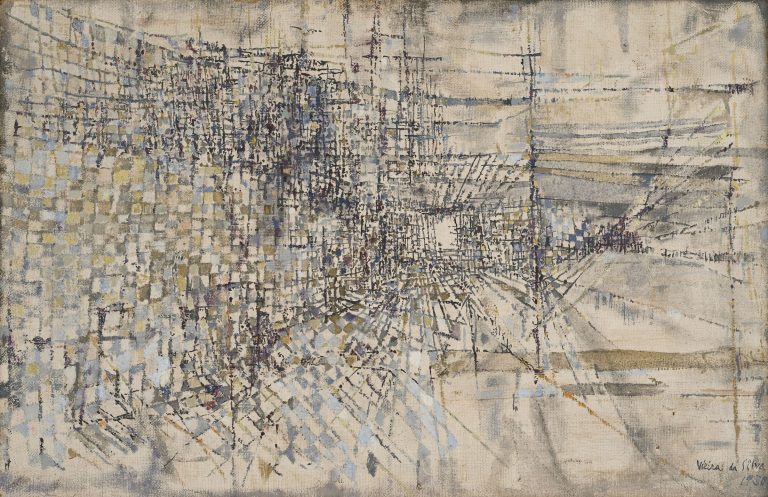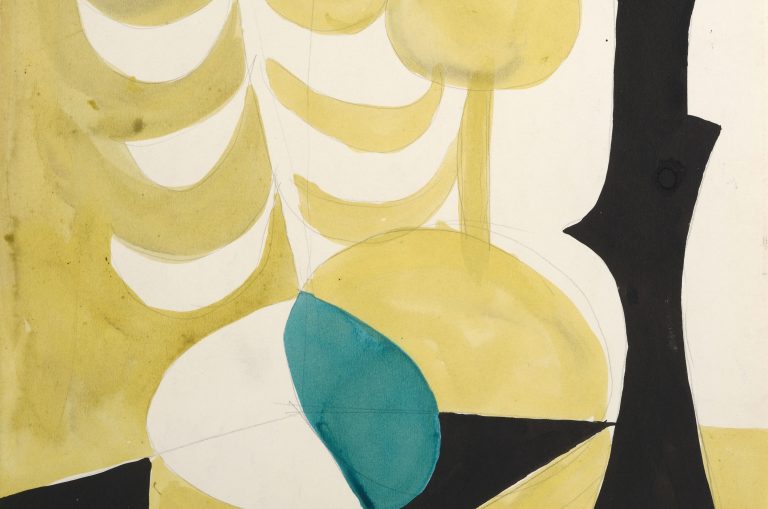30.11.2019 — 15.02.2020
Maria Helena Vieira da Silva
In collaboration with Jeanne Bucher Jaeger Paris & Di Donna New York
Waddington Custot, Londres, Royaume Uni
Hors les murs
Waddington Custot, London, Royaume Uni
Photograph by Prudence Cumin Associates
Waddington Custot, London, Royaume Uni
Photograph by Prudence Cumin Associates
Waddington Custot, London, Royaume Uni
Photograph by Prudence Cumin Associates
Waddington Custot, London, Royaume Uni
Photograph by Prudence Cumin Associates
Waddington Custot, London, Royaume Uni
Photograph by Prudence Cumin Associates
Waddington Custot, London, Royaume Uni
Photograph by Prudence Cumin Associates
Waddington Custot, London, Royaume Uni
Photograph by Prudence Cumin Associates
Waddington Custot, London, Royaume Uni
Photograph by Prudence Cumin Associates
Waddington Custot, London, Royaume Uni
Photograph by Prudence Cumin Associates
Waddington Custot, London, Royaume Uni
Photograph by Prudence Cumin Associates
Waddington Custot, London, Royaume Uni
Photograph by Prudence Cumin Associates
I look at the street and at people walking on foot with different appearances advancing at different speeds. I think of the invisible threads which manipulate them… I try and see the machinery which organises them. I think this is in a way what I attempt to paint.Jeanne Bucher Jaeger, Paris, Waddington Custot, London, and Di Donna Galleries in New York are pleased to present a landmark travelling exhibition between France, Great Britain and the United States. In a first-of-its-kind collaboration between the three international galleries, the exhibition will present important works by the Portuguese-born painter Maria Helena Vieira da Silva, who was naturalized French in 1956.Bringing together key paintings and works on paper from throughout the artist’s career, the exhibition will explore Vieira da Silva’s unique approach to depicting space through poetic, semi-abstract compositions. There is a labyrinthine quality to her paintings’ structures, which play with space and perspective and invite the viewer to roam within the multidirectional spaces, to penetrate a system that reveals the complexity of the world by exploring every viewpoint of it, including the most intimate. Vieira da Silva herself said, “Perspective is a way of playing with space. I very much enjoy looking at space and rhythms. There’s a connection between a city’s architecture and music. Both have long times and short times. Little windows and big windows.” Vieira da Silva’s works reflect the Play of the World, whose cards are ceaselessly reshuffled, like accumulations of knowledge and memories, shaping thoughts and dreams, sciences and games, laws and treaties… of theologies and astronomies.Vieira da Silva became an integral member of the expressive abstract movement in Paris following the Second World War. Studying and assimilating the early Modern styles of Cubism, Geometric Abstraction and Futurism, she embraced ambiguity between lyrical and geometric form in amalgamations of illusionistic space and defined her own personalvisual vocabulary, unique in the world of painting.As one of many émigré artists living in Paris in the post-war period,the infinite perspective of her compositions could be understood asrevealing Vieira da Silva’s fundamental exploration of space’s recesses and connections, be they intimate or distant. Setting down a loose convergence of lines, without any preconceived subject in mind, Vieira da Silva coaxes the eye to identify emergent images, based on her memories and an intuitive sense of rhythm and pattern. This fractured representation of reality creates a psychological space that captures how the mind recalls and restructures memory, referring to not only her life in Paris, but to the sensory experiences of her youth in Lisbon, famous for its streets of captivating tiles, and her keen eye for everything around her.While there is an underlying structure and order beneath her works’ compositions, which maintain a sense of deep space and perspective, Vieira da Silva blurs the lines between representation and abstraction so that spaces reminiscent of familiar rooms or aerial city views never fully describe a single location or view, but a convolution of visited places. In today’s world, defined by ever-accelerating speed and uctuation, Vieira da Silva’s works remain relevant and contemporary for their evocation of a constantly renewed and mesmerising reality. We embark on a tour of parallel spaces that stand alongside one another, providing for each other in a never-ending musical ballet.Vieira da Silva certainly paints her astonishment at being alive, moving, persevering, at opening up to light and exchanging with everything around her. In her paintings’ growing organic tissues, where lines cross over and over again, Vieira da Silva always finds new sources of light, the empty/full, the destination of unknown presence she has explored since the beginning of her work. In her works from the 70’s to the 90’s especially, an ascending trajectory becomes more evident, as if our lives were similar to the road less travelled.Just a few years after Vieira da Silva’s arrival in Paris in 1928 she became acquainted with Jeanne Bucher, who was the first gallerist to show her work and to whom Vieira da Silva remained faithful through the generations, until her death in 1992. The gallery has been defending her work ever since. Through this important exhibition, and to underline the rare pictorial universe of a woman painter in an international context, the Paris gallery Jeanne Bucher Jaeger joins in collaboration with Waddington Custot and Di Donna Galleries. This unique exhibition toursthe three spaces, thus reshuf ing each time the cards of works that aredeeply contemporary for their global vision of a space made of countless interwoven connections.
Waddington Custot
11 Cork Street
London W1S 3LT — Royaume Uni
Tel +44 (0)20 7851 2200
horaires d'ouverture
Monday to Friday
From 10 am to 6 pm
Saturday from 11 am to 6 pm
downloads
Private collection
Oil on canvas with graphite
28,7 × 36,2 in
Gouache on paper
18,1 × 24,4 in
Photograph by Jean-Louis Losi
Oil and pencil-draw
10,6 × 18,1 in
Photograph by Jean-Louis Losi
Oil on canvas
44,9 × 57,5 in
Oil on paper mounted on canvas
35,04 x 45,67 in
Photograph by Jean-Louis Losi
Oil on canvas
45,6 × 28,7 in
Oil on kraft paper laid down on canvas
18,7 × 55,5 in
Watercolor on paper
11,8 × 12,9 in
Watercolor on paper laid down on canvas
22,8 × 48,4 in
Watercolor, tempera and China Ink on paper
23,2 × 15,3 in
Photograph by Jean-Louis Losi
Oil and charcoal on prepared paper
76,7 × 38,1 in
Tempera on canvas laid down on canvas
14,5 × 21,2 in
Tempera on paper
26 × 20,8 in
Oil on canvas
23,6 × 28,7 in
Oil on canvas
23,6 × 28,7 in
Oil on canvas
28,7 × 36,2 in
Oil on canvas
28,7 × 39,4 in
Oil on canvas
35 × 45,6 in
Photograph by Jacqueline Hayde
Oil on canvas
31,8 × 39,4 in
Oil on canvas
25,6 × 31,5 in
Oil on canvas
15 × 18,1 in
Photograph by Jean-Louis Losi
Gouache and pencil on cardboard
19,5 × 31,5 in
Photograph by Jean-Louis Losi
Gouache on cardboard
29,7 × 29,1 in
Photograph by Jean-Louis Losi
Gouache on cardboard
16,5 × 19,3 in
Photograph by Jean-Louis Losi
Oil on canvas
23,62 × 36,22 in
Photograph by Jean-Louis Losi
Gouache on canvas
15,8 × 18,5 in
Photograph by Jean-Louis Losi
Oil on canvas
13 × 21,7 in
Private collection
Oil on canvas with graphite
28,7 × 36,2 in
Gouache on paper
18,1 × 24,4 in
Photograph by Jean-Louis Losi
Oil and pencil-draw
10,6 × 18,1 in
Photograph by Jean-Louis Losi
Oil on canvas
44,9 × 57,5 in
Oil on paper mounted on canvas
35,04 x 45,67 in
Photograph by Jean-Louis Losi
Oil on canvas
45,6 × 28,7 in
Oil on kraft paper laid down on canvas
18,7 × 55,5 in
Watercolor on paper
11,8 × 12,9 in
Watercolor on paper laid down on canvas
22,8 × 48,4 in
Watercolor, tempera and China Ink on paper
23,2 × 15,3 in
Photograph by Jean-Louis Losi
Oil and charcoal on prepared paper
76,7 × 38,1 in
Tempera on canvas laid down on canvas
14,5 × 21,2 in
Tempera on paper
26 × 20,8 in
Oil on canvas
23,6 × 28,7 in
Oil on canvas
23,6 × 28,7 in
Oil on canvas
28,7 × 36,2 in
Oil on canvas
28,7 × 39,4 in
Oil on canvas
35 × 45,6 in
Photograph by Jacqueline Hayde
Oil on canvas
31,8 × 39,4 in
Oil on canvas
25,6 × 31,5 in
Oil on canvas
15 × 18,1 in
Photograph by Jean-Louis Losi
Gouache and pencil on cardboard
19,5 × 31,5 in
Photograph by Jean-Louis Losi
Gouache on cardboard
29,7 × 29,1 in
Photograph by Jean-Louis Losi
Gouache on cardboard
16,5 × 19,3 in
Photograph by Jean-Louis Losi
Oil on canvas
23,62 × 36,22 in
Photograph by Jean-Louis Losi
Gouache on canvas
15,8 × 18,5 in
Photograph by Jean-Louis Losi
Oil on canvas
13 × 21,7 in
